There’s nothing quite like a cup of freshly brewed tea to start your day or wind down after a long afternoon. With so many freshly brewed tea varieties, picking just one favorite is hard.
From robust black teas to delicate green teas, there’s something for every taste preference. Some popular black tea options include Earl Grey, English Breakfast, and Darjeeling, while green tea lovers may opt for Sencha, Matcha, or Jasmine. Herbal teas, such as chamomile, peppermint, and ginger, are popular for their soothing and calming properties.
No matter which variety you choose, the key to a great cup of tea is using high-quality leaves and brewing them properly. Steeping times and water temperatures vary depending on the type of tea, so be sure to follow the instructions carefully. And if you’re feeling adventurous, try blending different varieties for a unique and personalized flavor profile.
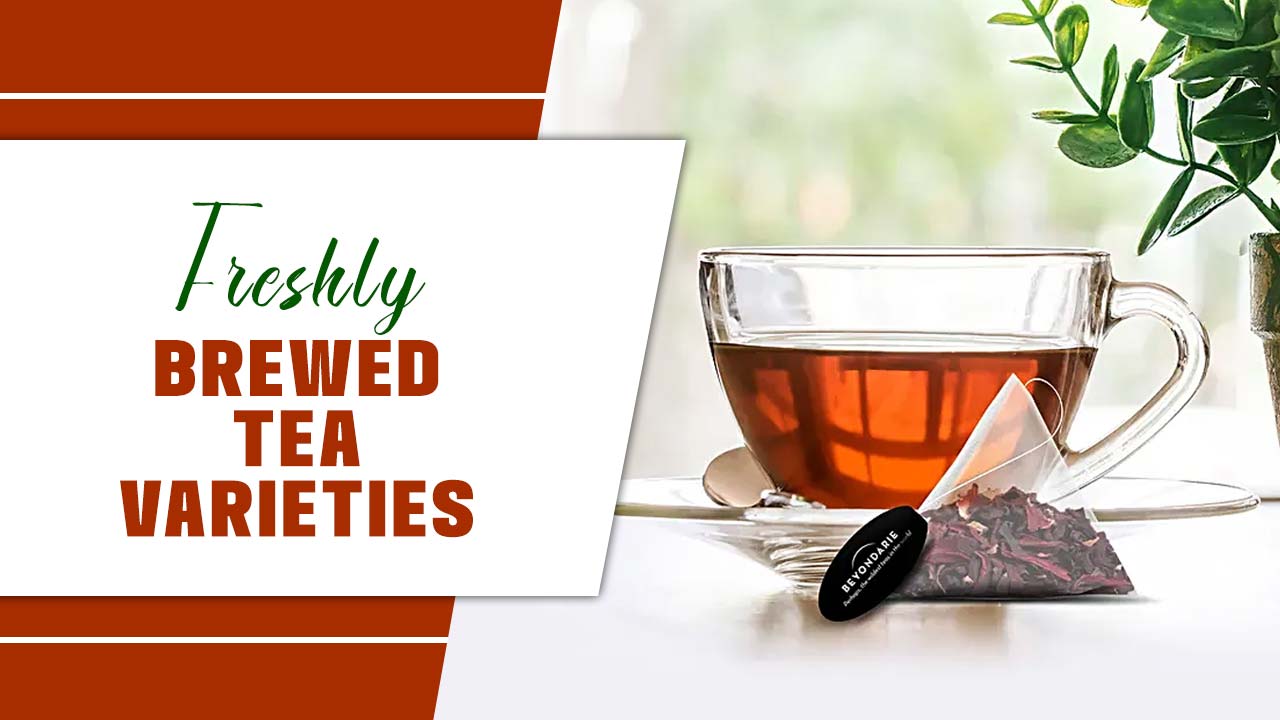
History Of Brewed Tea Varieties
Freshly brewed tea has a rich and fascinating history that spans centuries and continents. The origins of tea can trace back to ancient China. People believed it had medicinal properties and used it for its healing and stimulating effects.
Over time, the art of tea-making and brewing evolved, creating many tea varieties, each with a unique flavor and aroma. Green tea is one of the most popular freshly brewed tea varieties, known for its light, delicate taste, and high antioxidant content.
On the other hand, black tea is a stronger and more robust tea often enjoyed with milk and sugar. Other popular freshly brewed teas include oolong, white, herbal, and fruit-infused teas, each with distinctive taste and health benefits.
The 6 Types Of Tea On Freshly Brewed Tea Varieties
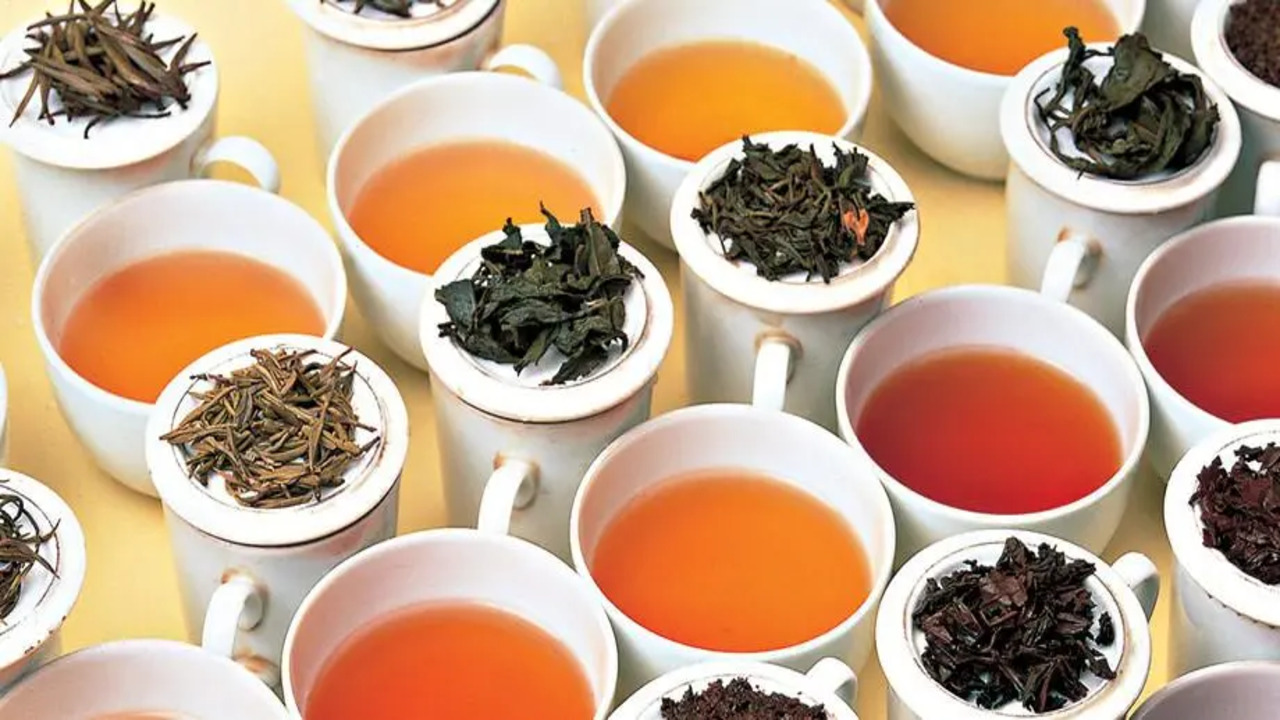
These six types of tea offer a wide range of flavors, aromas, and health benefits, catering to different preferences and occasions. Experimenting with various types of tea can be a delightful journey for tea enthusiasts. Here are six types of freshly brewed tea varieties:
1. Black Tea:
Black tea, one of the most popular types of tea, offers a rich and robust flavour when freshly brewed. Known for its full oxidation during processing, black tea brews to a dark hue, captivating both the senses and taste buds. It encompasses a diverse range of varieties, each with its unique characteristics.
Assam black tea hails from India, showcasing a malty and robust taste. Darjeeling black tea from India also presents a delicate and muscatel flavor. The tea makers infuse bergamot oil into Earl Grey black tea, offering a fragrant and citrusy experience.
English Breakfast black tea delivers a robust and invigorating brew for mornings. Tea lovers worldwide cherish black tea for its distinct taste and numerous options.
2. Green Tea:
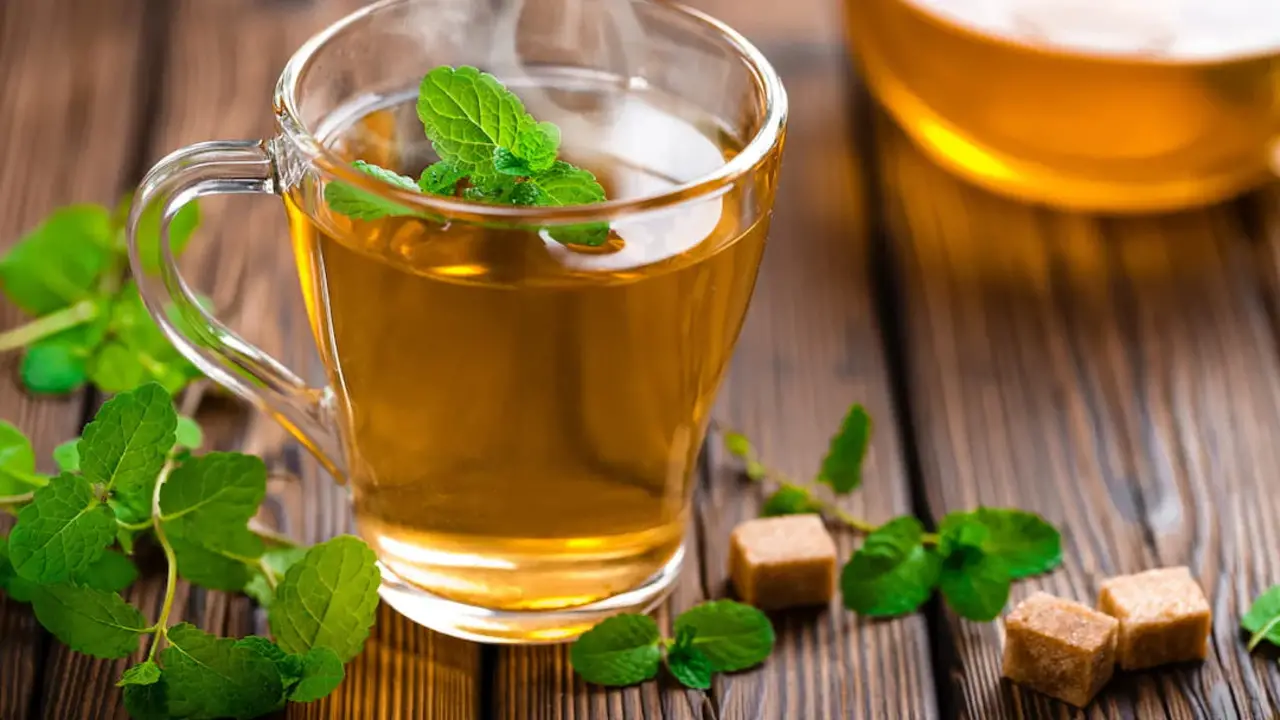
People drink green tea because of its refreshing taste and potential health benefits. They make it from unoxidized leaves, preserving its natural green color and delicate flavor. Green tea comes in various types, each offering a unique experience. People know Matcha, a powdered green tea, for its vibrant green color and rich umami taste.
Sencha, Japan’s most commonly consumed green tea, has a grassy and slightly sweet flavor. Jasmine tea combines green tea leaves with jasmine blossoms, producing a fragrant and aromatic infusion.
People often enjoy green tea for its antioxidant properties and potential metabolism-boosting effects. It is a delightful choice for those seeking a soothing and revitalizing tea experience.
3. Oolong Tea:
Oolong tea is a delightful and versatile variety of freshly brewed tea. It falls between green and black tea in terms of oxidation, resulting in a wide range of flavors and aromas. Its taste profile can range from floral and fruity to roasted and nutty, offering a unique experience with every sip. Farmers carefully harvest and process oolong tea leaves, allowing them to oxidize before partially brewing.
The brewing process enhances its flavors, revealing a pleasant balance between sweetness and depth. Tea connoisseurs enjoy oolong tea for its complexity and ability to steep multiple times, each infusion offering a different taste profile. Whether you prefer a light and floral oolong or a robust and toasty one, freshly brewed oolong tea will captivate your senses.
4. White Tea:
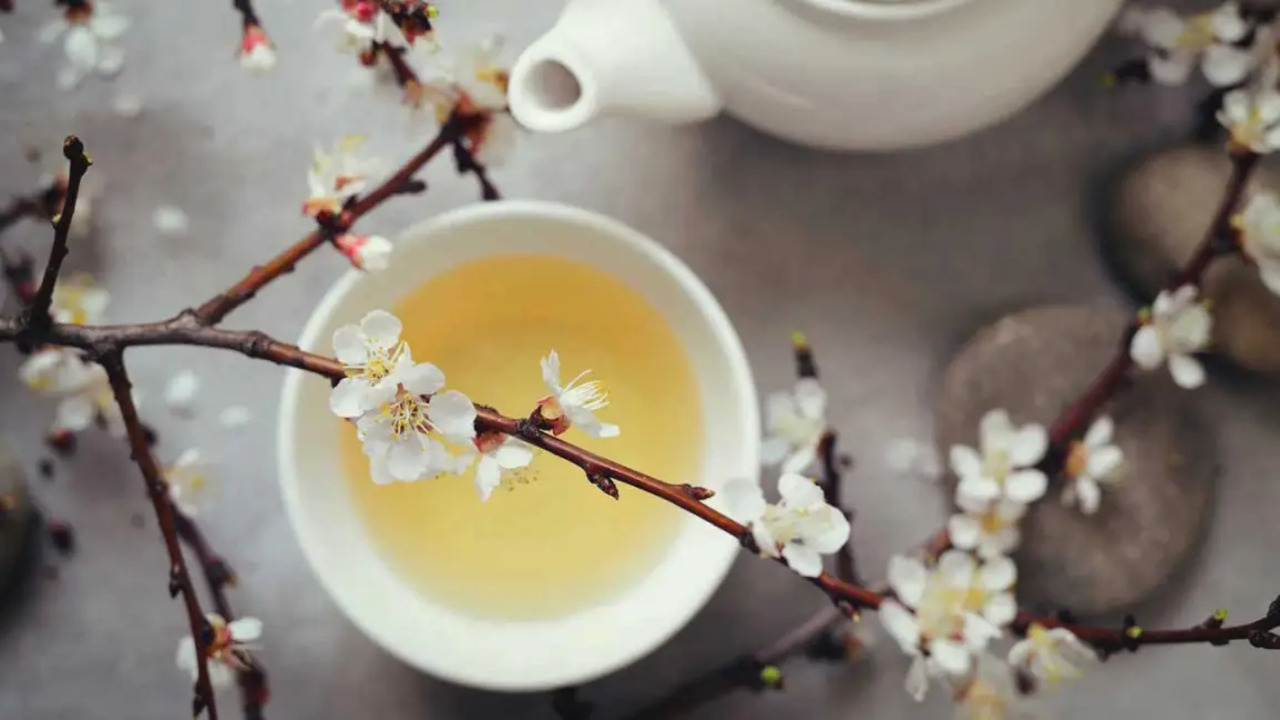
White tea is a delicate, refreshing tea from young tea leaves and buds. It undergoes minimal processing, allowing it to retain its natural flavor and light color. When freshly brewed, white tea offers a subtle and nuanced taste with subtle floral and grassy notes. It has a mild and soothing aroma, often delicate and sweet.
People know that white tea has potential health benefits because it contains antioxidants and is low in caffeine. Some popular varieties of white tea include Silver Needle and Bai Mu Dan. With its gentle flavor profile and natural qualities, freshly brewed white tea provides a tranquil and enjoyable tea-drinking experience.
5. Herbal Tea:
People brew a diverse category of freshly brewed teas that do not contain leaves from the Camellia sinensis plant, known as herbal tea. Instead, people infuse various herbs, flowers, fruits, and spices in hot water to create them. Herbal teas offer a wide range of flavors and potential health benefits.
Chamomile tea is known for its calming properties, while peppermint tea can aid digestion. Hibiscus tea is loved for its vibrant color and tangy taste, and rooibos tea is appreciated for its sweet and nutty flavor. Herbal teas are often enjoyed for their soothing and comforting qualities, making them popular for relaxation and wellness.
6. Pu-Erh Tea:
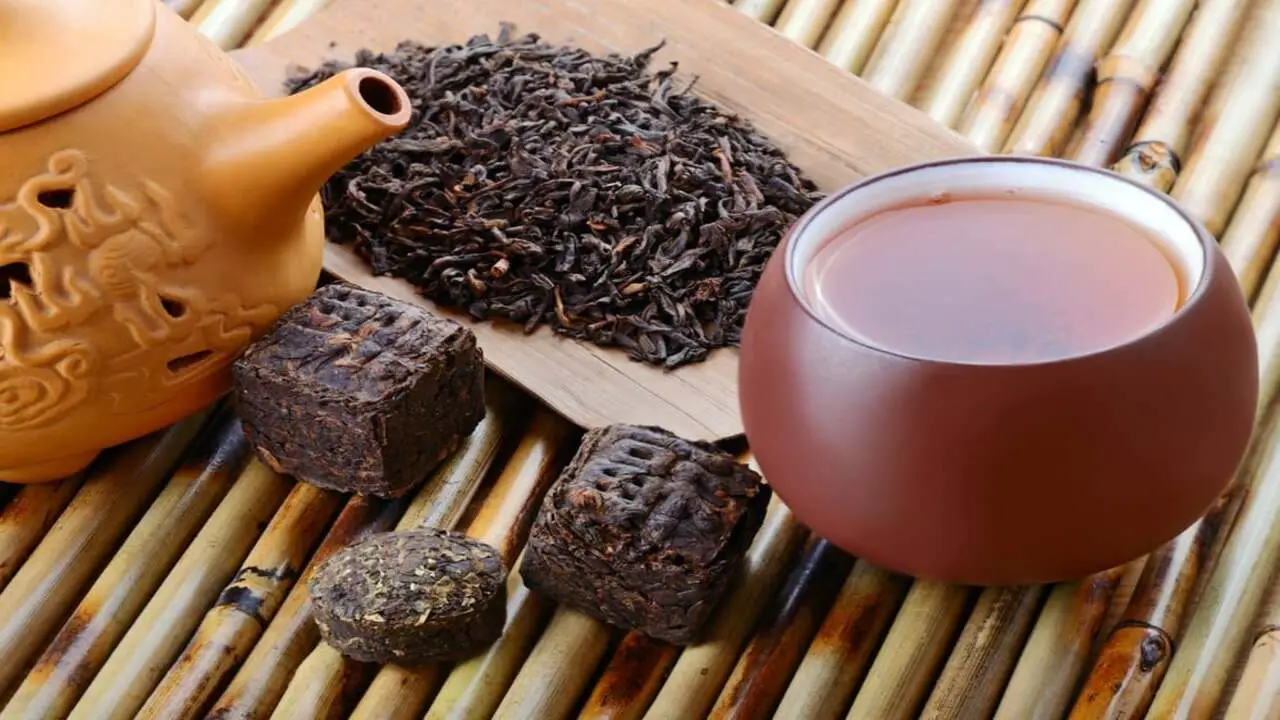
Pu-erh tea is a unique and distinctive variety of tea that undergoes a fermentation process, resulting in its rich, earthy flavor. When freshly brewed, Pu-erh tea offers a complex taste profile with notes of wood, mushrooms, and sometimes even hints of sweetness. People often enjoy it for its potential health benefits, such as aiding digestion and weight management.
You can brew Pu-erh tea multiple times; each infusion will reveal different flavors and aromas. People commonly serve it hot, but you can also enjoy it iced. It becomes more valuable and sought-after when it is aged longer. For tea enthusiasts looking for a truly unique and captivating experience, freshly brewed Pu-erh tea is a fantastic choice.
Benefits Of Freshly Brewed Tea
Freshly brewed tea is a delightful beverage that has been enjoyed for centuries. Not only does it offer a comforting and soothing experience, but it also provides several health benefits.
One of the significant benefits of freshly brewed tea is that it contains antioxidants that help to protect our bodies from harmful free radicals. These free radicals can cause cell damage and lead to chronic diseases such as cancer, heart disease, and more.
Another benefit of freshly brewed tea is that it can help to reduce stress levels and promote relaxation. This is because the natural compounds found in tea, such as L-theanine, have calming effects on the body and mind. Drinking tea can improve cognitive function and boost mental alertness, making it an excellent choice for an afternoon pick-me-up.
Tea Culture Around The World
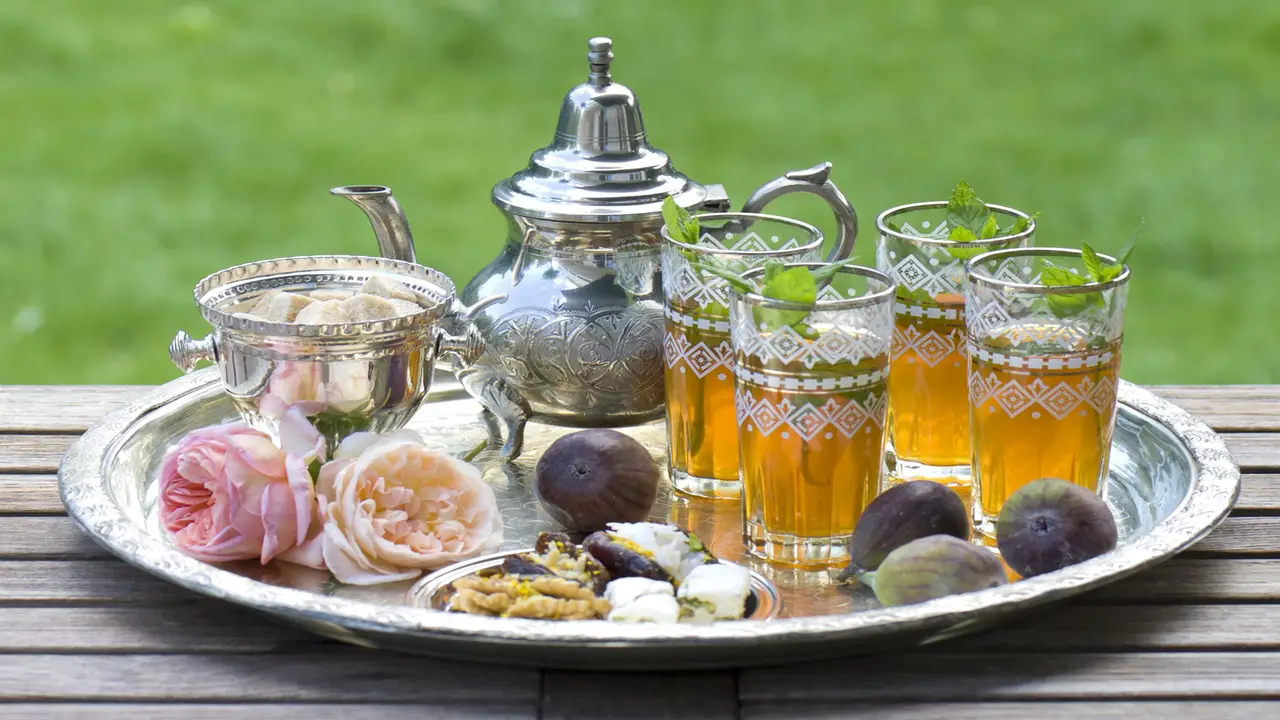
Tea culture is fascinating as it varies greatly depending on the country or region. In China, tea culture has been an integral part of society for centuries and is often associated with Zen Buddhism.
The Chinese tea ceremony involves specific rituals and techniques, and tea is often served in small porcelain cups. Japan also has a rich tea culture, with the ceremony being highly formalized and meditative.
Also India, tea is a staple beverage often consumed with milk and spices like ginger and cardamom, a preparation known as chai. In the UK, tea symbolizes hospitality and is often served with biscuits or cakes. In the USA, iced tea is a popular beverage, particularly in the southern region.
Making Tea A Part Of Your Daily Routine
Making tea a part of your daily routine is an excellent way to promote good health and well-being while enjoying a delicious beverage. With countless varieties and flavors, tea can be customized to suit your taste preferences and personal needs.
Whether you prefer a warm and comforting cup of chamomile before bed or a refreshing iced green tea to fuel your afternoon, incorporating tea into your daily routine can offer numerous benefits.
Studies have shown that tea can aid digestion, boost energy, reduce stress, and improve cognitive function. Also, drinking tea can help keep you hydrated, which is crucial for optimal health. Experiment with different teas and brewing methods to find your perfect cup, and don’t forget to savor and enjoy every sip.
Conclusion
Freshly brewed tea varieties are a delicious and healthy way to enjoy a hot beverage. With the many different types of tea available, there is sure to be a flavor and style that appeals to everyone. Each type has unique characteristics and benefits, from black tea to green tea, herbal teas to oolong.
Whether you are a tea connoisseur or a beginner, exploring the world of freshly brewed tea is a worthwhile experience. So brew yourself a cup, sit back, and enjoy freshly brewed tea’s soothing and satisfying taste.
By understanding the different types of tea and how to prepare them properly, you can enjoy the full range of flavors and benefits tea offers.
FAQ
1.What Is The Best Way To Brew Tea For Optimal Flavor?
Ans: The ideal brewing method varies depending on the type of tea. Generally, follow the recommended temperature, steeping time, and water-to-tea ratio for each tea variety.
2.Can I Reuse Tea Leaves For Multiple Infusions?
Ans: Yes, certain tea leaves, such as oolong and Pu-erh, can be steeped multiple times to explore different flavor profiles. Adjust the steeping time for subsequent infusions.
3.Can I Mix Different Tea Varieties?
Ans: You can blend different tea varieties to create unique flavor combinations. However, ensure that the flavors complement each other well.
4.How Should I Store Freshly Brewed Tea?
Ans: Keep tea away from light, moisture, and strong odors. Store it in an airtight container in a cool, dry place to maintain its freshness and flavor.
5.Are There Any Caffeine-Free Tea Options?
Ans: Yes, herbal teas, such as chamomile, peppermint, and rooibos, are naturally caffeine-free alternatives to traditional tea varieties.

I’m a writer and blogger who loves to talk about entertainment, culture, and relationships. I love to share my thoughts and insights on these topics, and I’m always looking for new ways to engage with my readers. I’m also a big fan of learning new things, so I’m always exploring new areas of interest.
